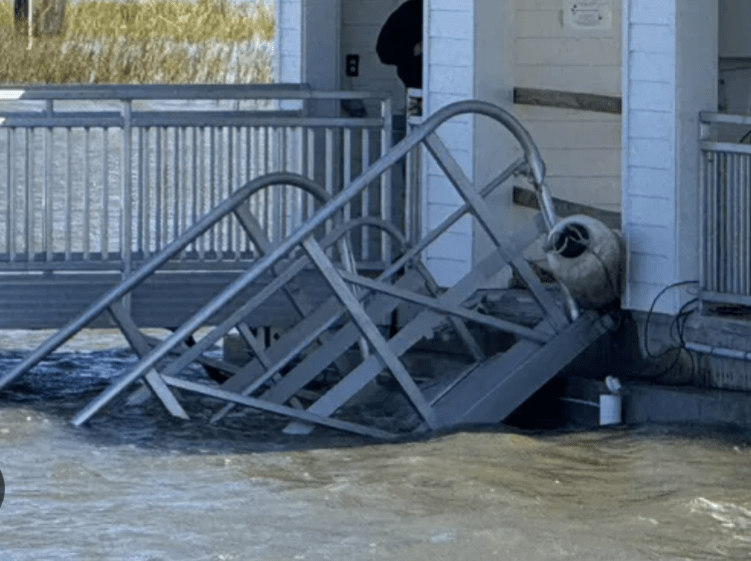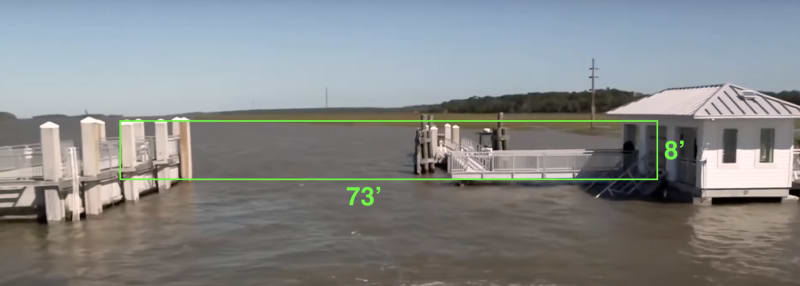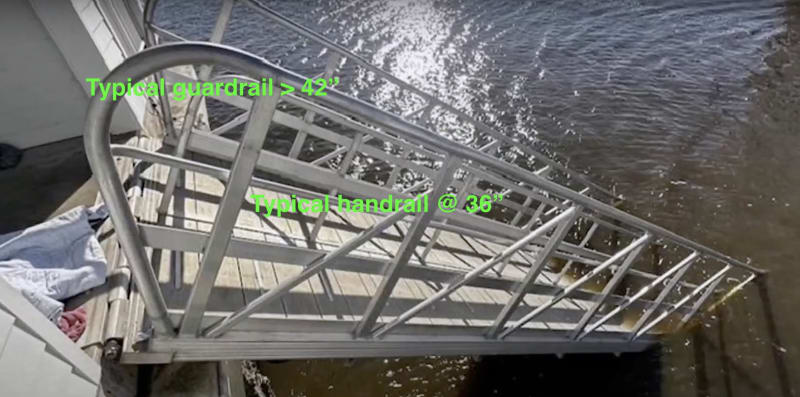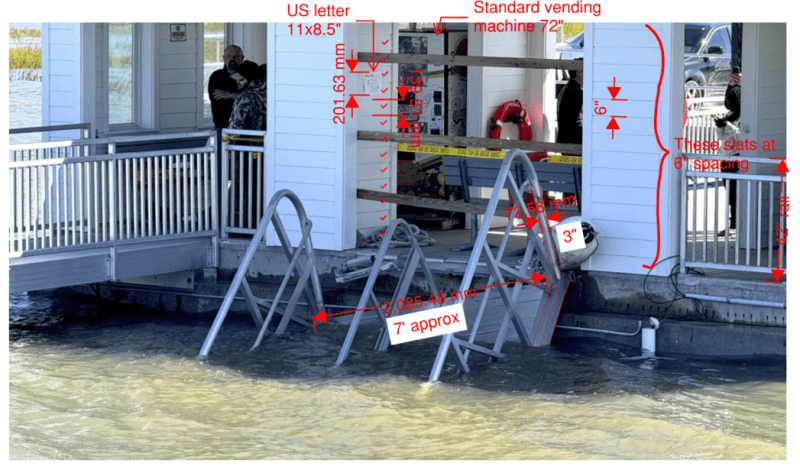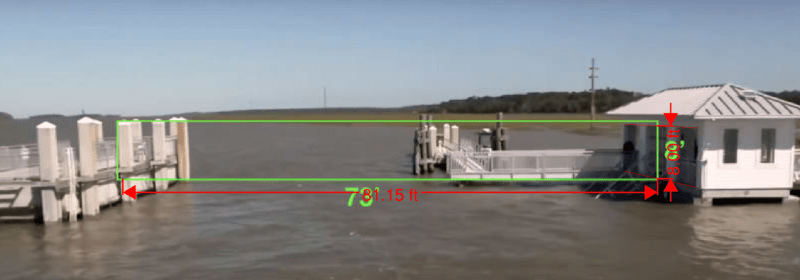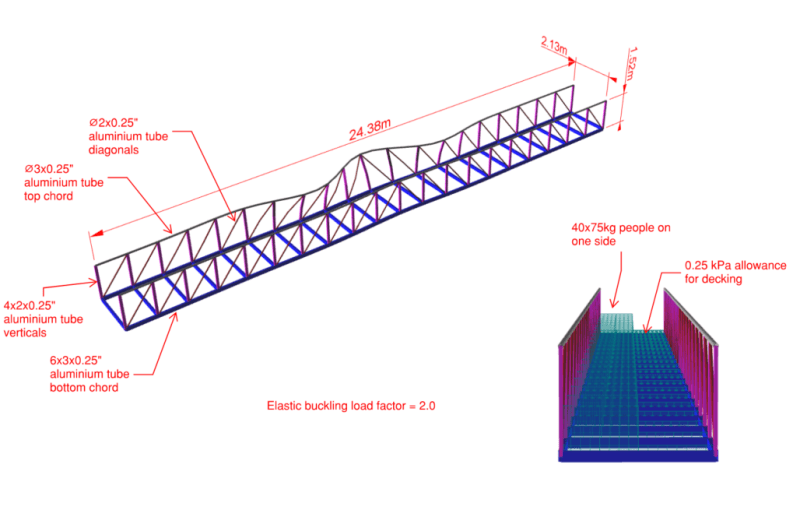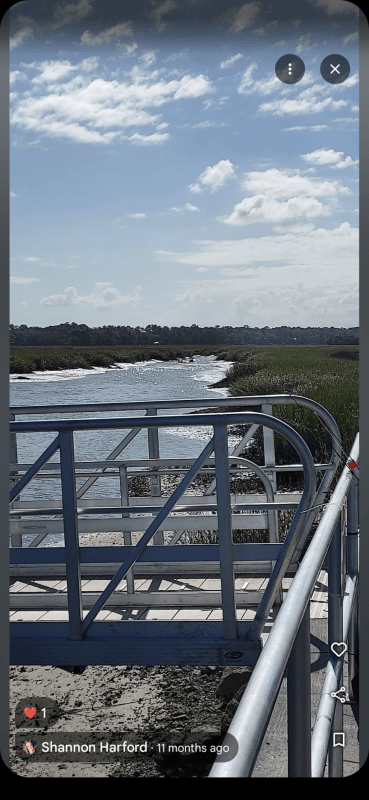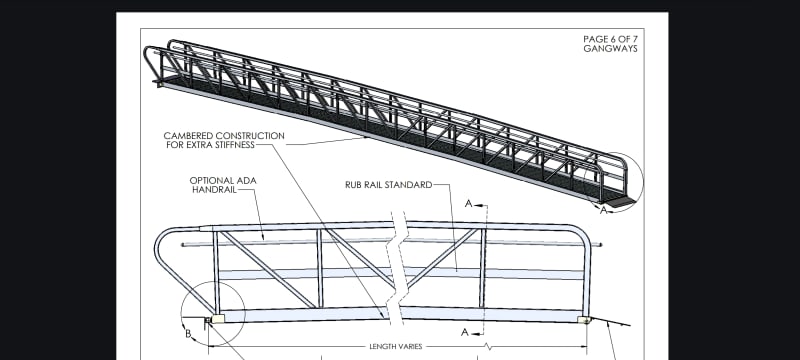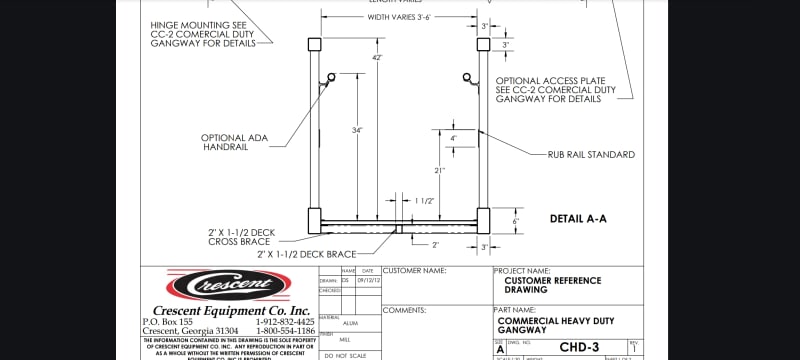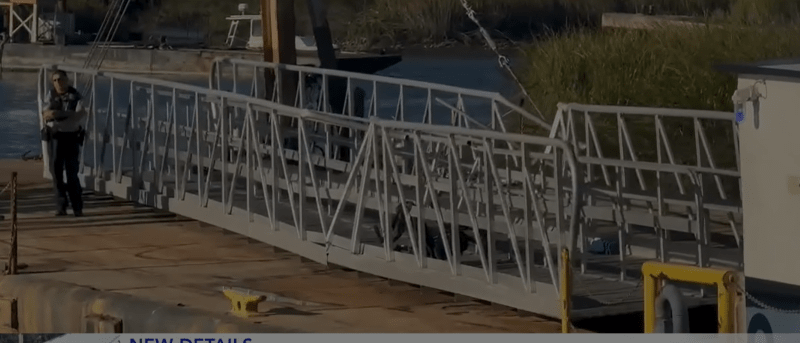dik
Structural
- Apr 13, 2001
- 25,981
"At least seven people were killed and several others injured Saturday after part of a ferry dock collapsed on Georgia’s Sapelo Island, according to the Georgia Department of Natural Resources.
It happened as crowds gathered on the island for a celebration of its tiny Gullah-Geechee community of Black slave descendants.
At least 20 people were plunged into the water when a gangway collapsed on the visitor ferry dock shortly before 4 p.m., Georgia DNR Capt. Chris Hodge said at a Saturday night news conference. A McIntosh County commissioner previously said a boat hit the dock but a DNR spokesperson later told The Associated Press there was no collision and it is unclear why the dock collapsed."
-----*****-----
So strange to see the singularity approaching while the entire planet is rapidly turning into a hellscape. -John Coates
-Dik
It happened as crowds gathered on the island for a celebration of its tiny Gullah-Geechee community of Black slave descendants.
At least 20 people were plunged into the water when a gangway collapsed on the visitor ferry dock shortly before 4 p.m., Georgia DNR Capt. Chris Hodge said at a Saturday night news conference. A McIntosh County commissioner previously said a boat hit the dock but a DNR spokesperson later told The Associated Press there was no collision and it is unclear why the dock collapsed."
-----*****-----
So strange to see the singularity approaching while the entire planet is rapidly turning into a hellscape. -John Coates
-Dik

